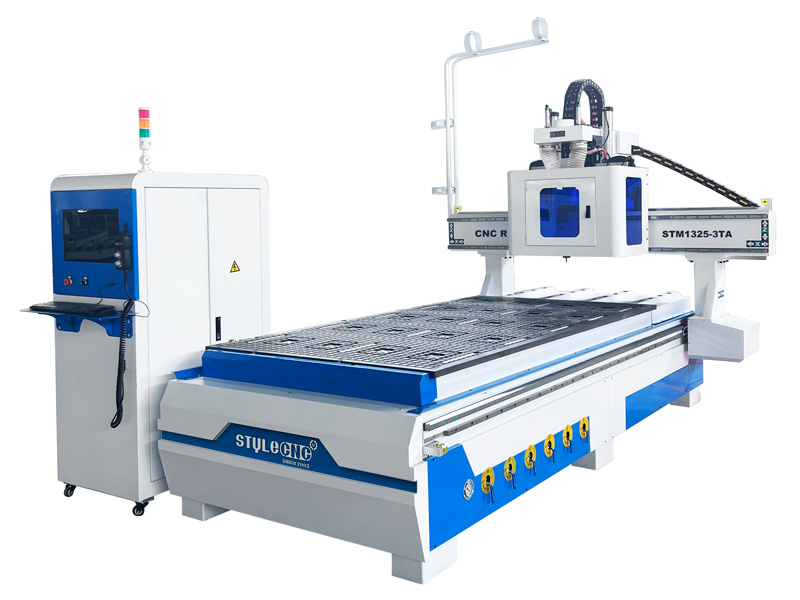
Tech Evolution Revolutionizing Manufacturing Processes
Tech Evolution: Revolutionizing Manufacturing Processes
The realm of manufacturing has undergone a profound transformation with the advent of advanced technologies. From streamlined production lines to smart factories, the impact of manufacturing technology is far-reaching, shaping the future of industries. Let’s explore the key facets of this technological revolution.
Automation’s Triumph: Streamlining Production Lines
One of the most noticeable impacts of manufacturing technology is the rise of automation. The integration of robotic systems and intelligent machinery has revolutionized production lines. Automation not only accelerates manufacturing processes but also enhances precision and consistency, leading to improved product quality and overall efficiency.
Internet of Things (IoT) Integration: Connecting the Manufacturing Ecosystem
In the era of manufacturing technology, the Internet of Things (IoT) plays a pivotal role. Devices embedded with sensors and connected through the IoT create a dynamic and interconnected manufacturing ecosystem. This connectivity allows real-time monitoring, predictive maintenance, and data-driven decision-making, ushering in a new era of smart and responsive factories.
Advanced Materials and 3D Printing: Redefining Possibilities
Manufacturing technology has pushed the boundaries of materials and production methods. The advent of advanced materials, coupled with 3D printing technology, has opened up new avenues for innovation. From aerospace components to customized medical implants, 3D printing enables the creation of intricate and customized products with unprecedented precision.
Artificial Intelligence (AI) in Manufacturing: Smart Decision-Making
Artificial Intelligence is a game-changer in manufacturing, enabling smart decision-making and predictive analysis. AI algorithms analyze vast datasets to optimize production schedules, predict equipment failures, and enhance overall operational efficiency. This intelligent integration of AI transforms manufacturing into a proactive and adaptive process.
Augmented Reality (AR) on the Shop Floor: Enhancing Workforce Efficiency
Manufacturing technology extends beyond machines; it empowers the workforce with tools like Augmented Reality (AR). AR overlays digital information onto the physical world, providing real-time guidance to workers on the shop floor. This technology enhances training, reduces errors, and facilitates complex assembly processes, ultimately boosting workforce efficiency.
Explore the latest in Manufacturing technology at Reltix.net. The platform offers insights into cutting-edge technologies shaping the manufacturing landscape.
Supply Chain Revolution: Transparency and Efficiency
Manufacturing technology has catalyzed a revolution in supply chain management. The integration of technologies such as blockchain ensures transparency and traceability throughout the supply chain. This not only reduces the risk of errors and fraud but also enhances overall efficiency, enabling businesses to respond swiftly to changes in demand.
Energy-Efficient Practices: Sustainability in Manufacturing
Sustainability is a key consideration in modern manufacturing, and technology plays a vital role in achieving eco-friendly practices. Energy-efficient technologies and processes, supported by smart monitoring systems, help manufacturers reduce their environmental footprint. This commitment to sustainability aligns with both corporate responsibility and regulatory requirements.
Cybersecurity in Smart Manufacturing: Safeguarding Digital Assets
As manufacturing becomes increasingly digitized, the importance of cybersecurity becomes paramount. Protecting digital assets, sensitive data, and intellectual property is a critical aspect of manufacturing technology. Robust cybersecurity measures are essential to safeguard against potential threats and ensure the integrity of digital manufacturing systems.
Collaborative Robotics: Humans




:max_bytes(150000):strip_icc()/open-septic-tank-in-yard-while-bring-pumped-out-174030025-b87921a99e5748fb9997eebf4b203f3b.jpg)

